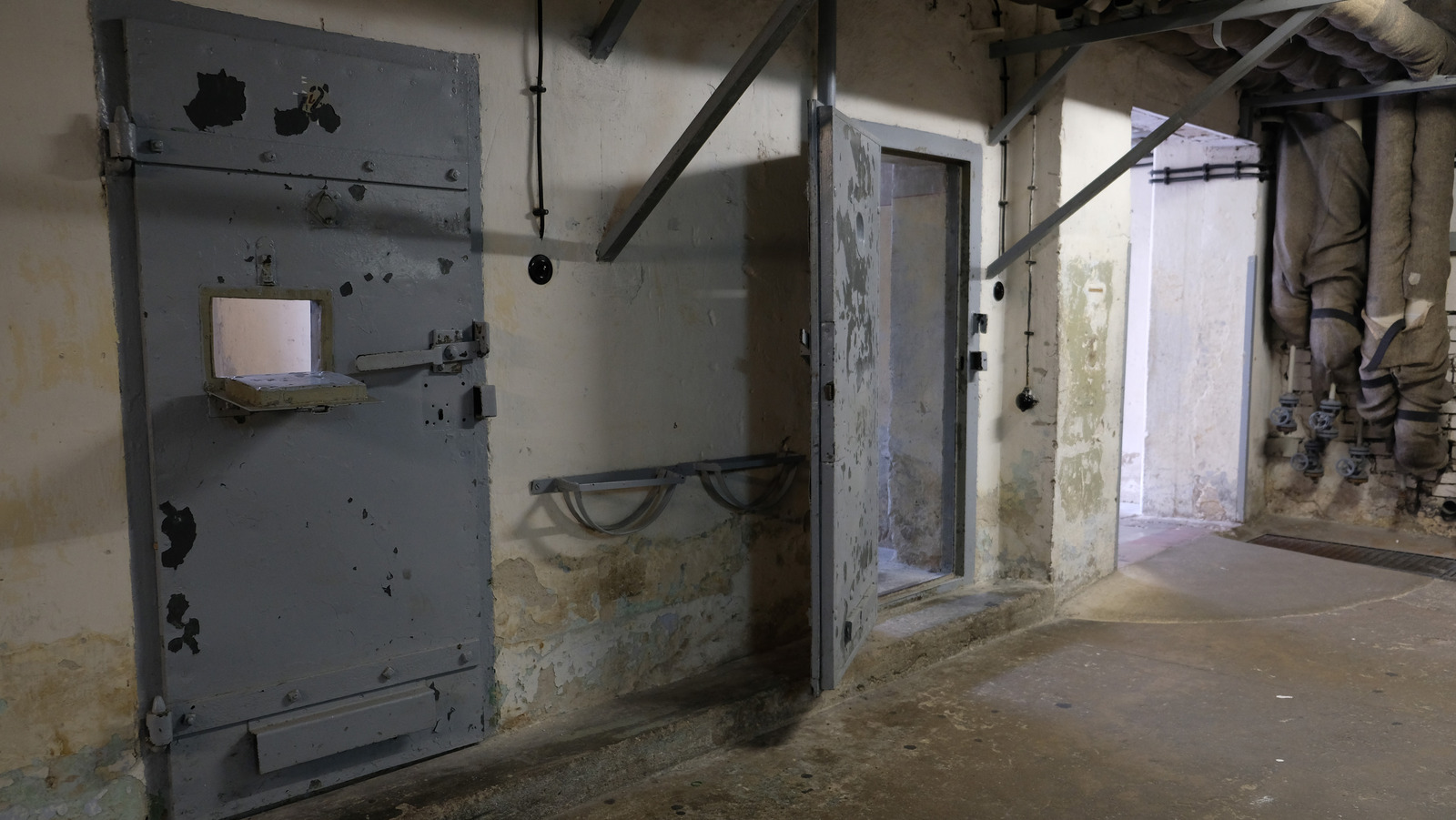
It’s not uncommon for inmates to spend months to decades in solitary confinement, which can ironically lead to permanent intolerance for social situations thereafter, according to PBS. “I mean, there are still times where I may go to the walk-in, and after the movie’s over and, you know, it’s like I’ve been in the dark, and all of the sudden the light comes on, and boom, all these millions of people around me, I’m like, you know, looking around like, okay, okay, who’s gonna hit me, what’s gonna happen,” a former prisoner recounted from his years in the hole, per “A Sourcebook on Solitary Confinement.”
READ RELATED: Thieves forcing victims to unlock phones before transferring thousands of pounds in digital currency
This intolerance can sometimes lead to outbursts of aggression while people are still in the penitentiary or when they’re released back into public life, per PBS. As a result, many inmates who spent substantial time boxed up become repeat offenders. The hopelessness of this cycle is pretty apparent in that aggression often puts prisoners in solitary confinement in the first place, which then leads them to become more aggressive, keeping them in solitary confinement and ruining their ability to ever regulate their emotions and feel safe, as supported by a wealth of prisoner letters from the Silenced project. This doesn’t just go for us plastic bipeds either, as Harry Harlow observed in his psychological primate studies that monkeys that were kept in solitary confinement often had violent tantrums once they were reintroduced to other apes.
Source:






